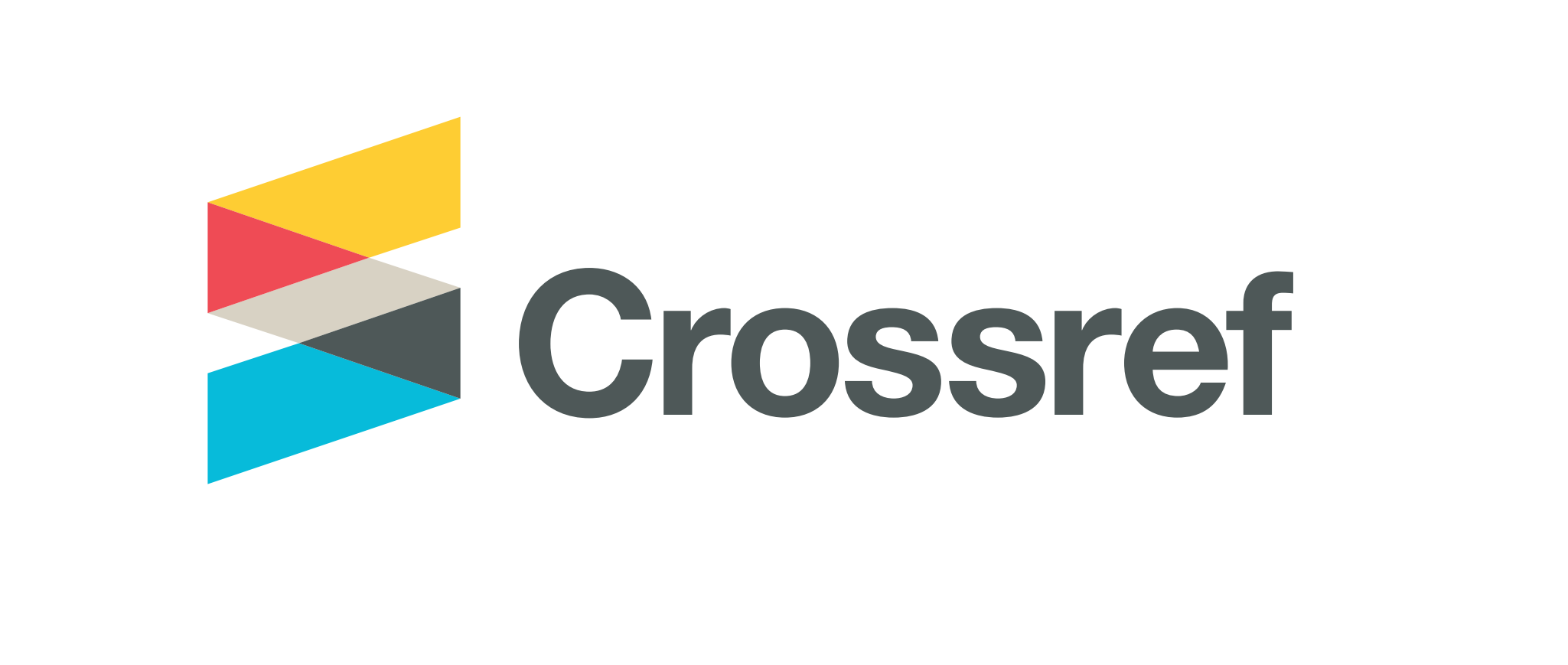Strategi Pengembangan Wisata Taman Hutan Raya (Tahura) Di Desa Ngata Baru Kecamatan Sigi Biromaru Kabupaten Sigi
Abstract
This research aims to find out the role of stakeholders in the development of forest park tourism and formulate a strategy to optimize the development of forest park tourism in Ngata Baru Village, Sigi Biromaru Subdistrict, Sigi District. The sample was taken through the purposive sampling technique. The data were collected through survey and interview activities with a list of questions (Questioner) then analyzed using SWOT and stakeholder analysis. The results of the research show that the role of stakeholders divided into 3 groups, namely the first group is the subject group which consists of PKL and forest farmer who have high interests, but have low influence in the development of forest park tourism, the second group is the key player group which consists of Department of Forestry, UPT TAHURA and Department of Tourism which is the most important stakeholders in developing forest park tourism, and the third group is crowd group which consists of the village government and motorcycle drivers who have a very low role in the development of forest park tourism. From the results of the SWOT analysis, the forest park tourism included in the First Quadrant on the SWOT diagram, while the alternative strategy used is SO (Strength and Opportunities), with the consideration that forest park tourism have a lot of natural potential and large to be developed, but has not been utilized optimally, for that in developing forest park tourism must create a strategy by using strength to take advantage of opportunities, namely by: a) Managing the potential of the tourism object owned ( beautiful natural panorama, cool and pristine, abundant water sources and a comfortable atmosphere of a tourist attraction) with regional autonomy which gives regional governments authority to manage the potential of their respective regions; b) Increasing security at tourist objects in order to maintain comfort and attract more visitors to come to these attractions; c) Innovating products and tourist attractions, such as providing water play facilities, viewing posts and tourist trains; and d) Maximizing the distance to tourist objects that are close to the city to facilitate the accessibility of visitors, as well as to easily attract private investment.
References
Nugroho, I. 2011. Ekowisata dan Pembangunan Berkelanjutan. Yogyakarta: Pustaka Pelajar.
Mumtas M, Wichien C. 2013. Stakeholder analysis for sustainable land management of Pak Phanang River Basin Thailand. Procedia - Social and Behavioral Sciences. 9: 349-356.
Peraturan Menteri Kehutanan Nomor: P.10/MENHUT-II/2009 tentang Pedomoan Penyusunan Rencana Pengelolaan Taman Hutan Raya.
Rangkuti, Freddy. 2006. Analisis SWOT tenik membelah Kasus Bisnis. Jakarta: PT. Gramedia Pustaka Utama.
Saputra, Sunarminto, Arif. 2019. Peran Stakeholder Dalam Implementasi Fungsi Konservasi di Taman Hutan Raya Ir. H. Djuanda. Jurnal Media Konservasi 24 (2): 107-113.
Undang-Undang No. 41 Tahun 1999 tentang Kehutanan
Undang-Undang Republik Indonesia No. 10 tahun 2009 tentang Kepariwisataan.
Undang-Undang Nomor 23 Tahun 2014 tentang Pemerintah Daerah
Wakka, A. K. 2014. Analisis Stakeholders Pengelolaan Kawasan Hutan Dengan Tujuan Khusus (KHDTK) Mengkendek, Kabupaten Tana Toraja, Provinsi Sulawesi Selatan. Makassar (ID): Balai Penelitian Kehutanan Makassar.
Widodo, M. L. 2018. Peran Stakeholders Dalam Pengembangan Ekowisata di Taman Nasional Danau Sentarum Kalimantan Barat [tesis]. Sekolah Pascasarjana Institut Pertanian Bogor.
Copyright (c) 2021 Nana Fitriana I Ladjudo, Imran Rachman, Hasriani Muis

This work is licensed under a Creative Commons Attribution-ShareAlike 4.0 International License.






